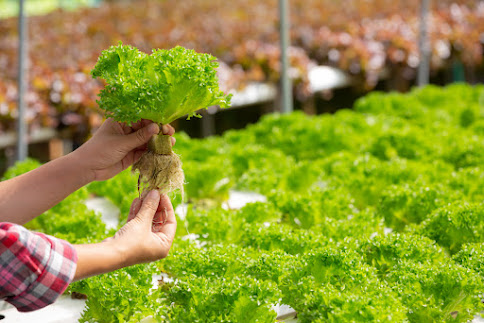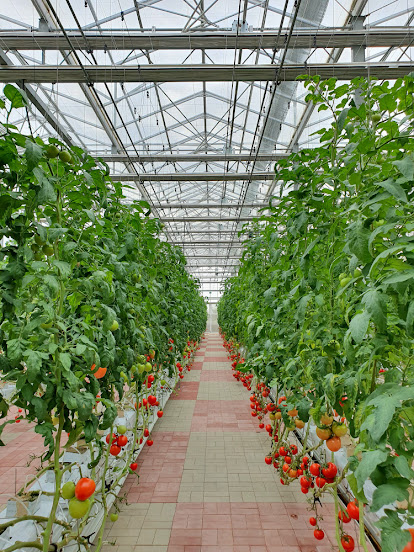Commercial LED Grow Lights: Exploring the Possibilities for Urban Agriculture
As the world's population continues to urbanize, the demand for sustainable food production within city limits has escalated. Urban agriculture is a promising solution, and one of the key technologies driving its success is commercial LED grow lights. In this blog, we will delve into the possibilities that these innovative lighting systems offer for transforming urban spaces into flourishing centers of agricultural productivity.
Space Optimization
There is frequently little land available for traditional farming in densely populated urban areas. Commercial LED grow lights, on the other hand, give up fresh possibilities for producing food in vertical farms, vacant structures, and even disused rooftops. Urban farmers can grow a wide range of crops year-round by leveraging vertical space and maximizing light dispersion, increasing their agricultural potential in constrained spaces.
Energy Efficiency and Sustainability
The energy efficiency of LED grow lights in comparison to other types of illumination is well known. Minimal energy is wasted thanks to their capacity to emit customized light spectrum suited to plant requirements. Urban agriculture using LED lighting as a result greatly lowers the carbon footprint connected to food production. This environmentally friendly strategy fits with the expanding demand for ecological farming methods in urban settings.
Climate Control and Year-Round Cultivation
Extreme weather and seasonal changes frequently present problems for urban agriculture. Urban farmers can provide their crops with a controlled atmosphere by using commercial LED grow lights in conjunction with cutting-edge temperature control systems. As a result, they are able to grow crops all year long without being constrained by the cyclical nature of the seasons, guaranteeing a steady supply of fresh produce for neighborhood markets.
Customized Lighting for Different Crops
Precision customization of light spectra, intensity, and photoperiods is possible with LED grow lights. This versatility is essential when growing a variety of crops in a small urban area. Urban farmers may adjust the lighting conditions to match the unique requirements of each product, encouraging better growth and greater harvests, whether it be leafy greens, herbs, fruits, or even flowers.
Fresh Produce Access and Food Security


Comments
Post a Comment